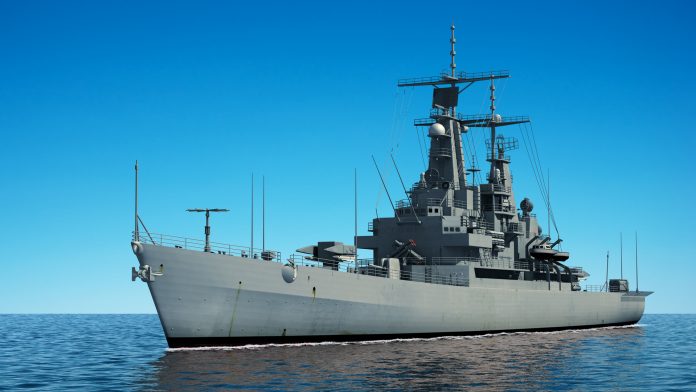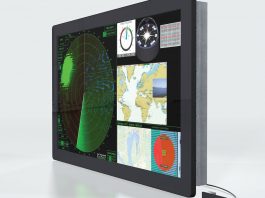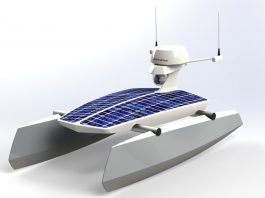The UK Quantum Technology Hub Sensors and Timing has awarded funding to a new project which aims to integrate quantum technology into maritime navigation.
The UK Quantum Technology Hub Sensors and Timing (UQTHST) has awarded £600,000 to a project that aims to transform the UQTHST’s gravity gradiometer into a hybrid instrument that will revolutionise existing map-matching navigation technology.
Led by Professor Tom Pike at Imperial College London and Dr Simon Calcutt at the University of Oxford, the goal of the project is to create a method of using satellite-enabled maritime navigation technology to measure localised gravity fields produced by underground conditions. This will allow users to match these measurements to gravity maps and establish a vessel’s exact location.
Professor Kai Bongs, Principal Investigator at the UQTHST, said: “We are delighted with this opportunity to extend our cold atom quantum technology in map-matching navigation to maritime environments, using MEMS enhanced technology developed by leading electronics expert Dr Simon Calcutt in a project led by Professor Tom Pike.”
The challenge of stable and accurate navigation
Current maritime navigation technologies struggle to product stable and accurate location data due to satellite vulnerabilities. To solve this, the team will exploit gravity gradiometer technology developed by UQTHST, to ensure its effectiveness on a moving platform. UQTHST are working closely with industry partners, such as Network Rail and the Lighthouse Authority, to implement map matching navigation.
This project will adapt existing gradiometer technologies by adding electronics that are able to compensate for the dynamics of the deployment platform, presenting higher frequency capabilities required for maritime navigation.
Pike said: “This grant will help us transfer the technology we developed for Mars back to Earth, or more specifically onto our oceans. We know we have the robustness to survive a trip to another planet. Now we want to show we have the sensitivity to detect gravitational changes while rocking on a ship. It’s more of a challenge than detecting marsquakes!”









